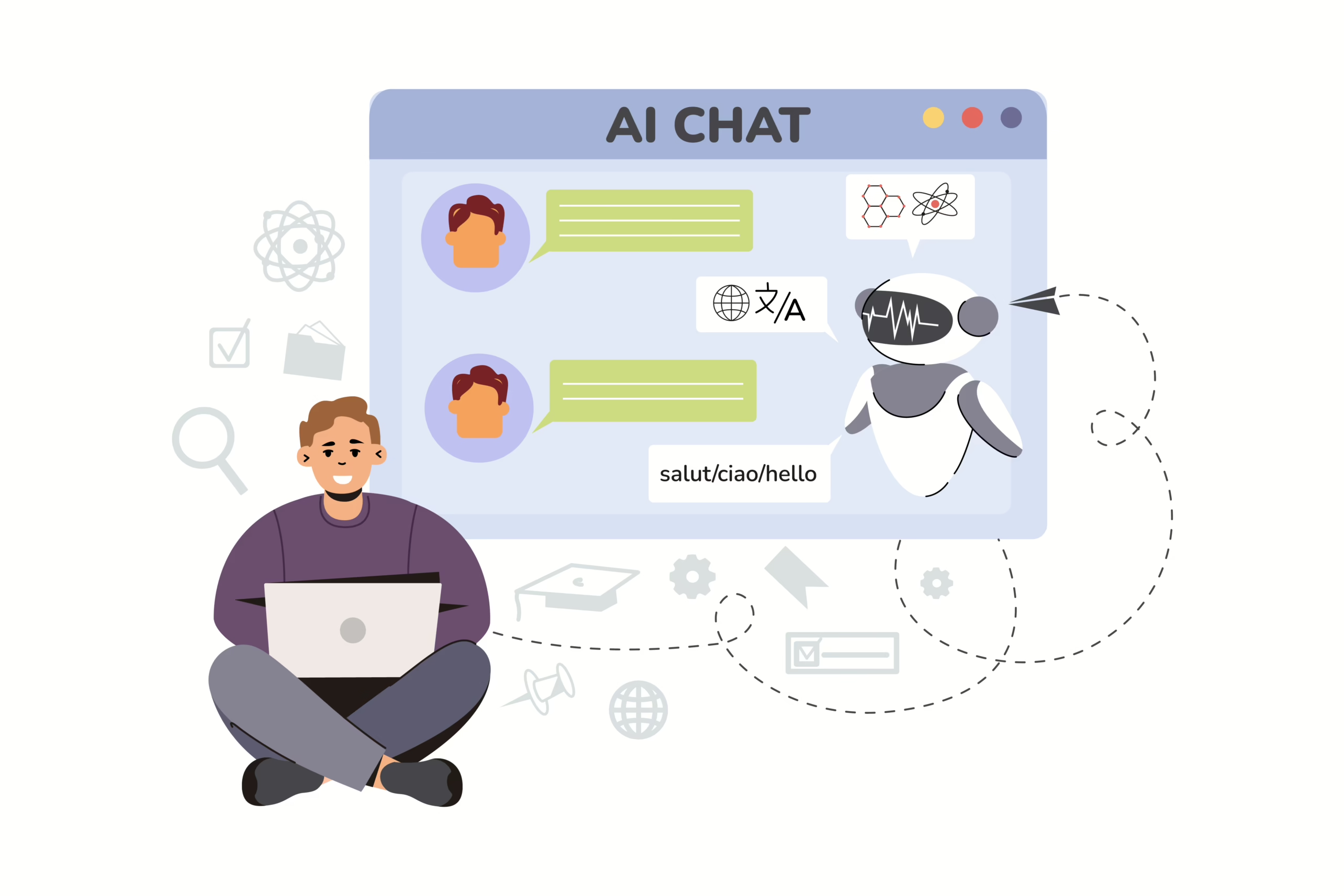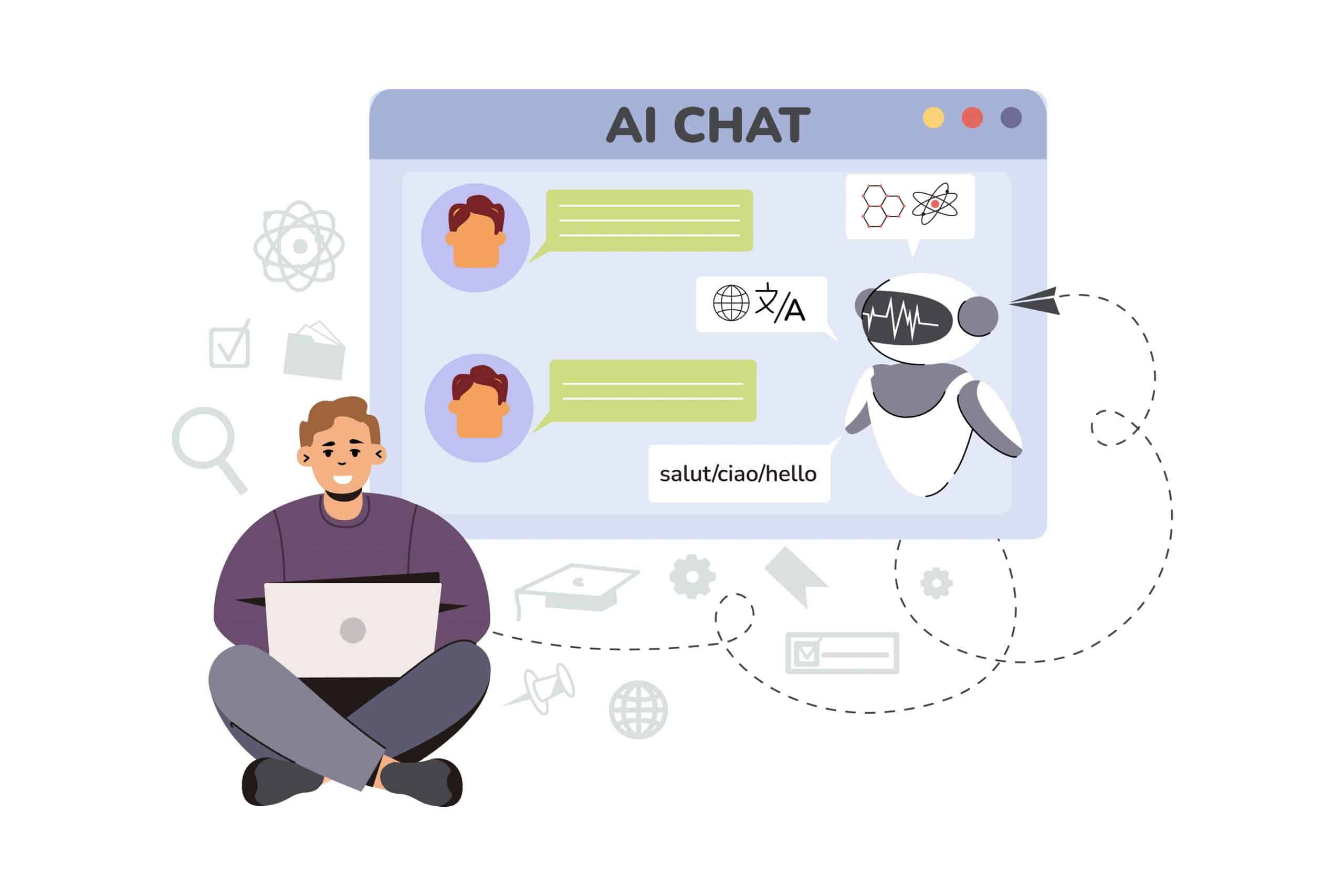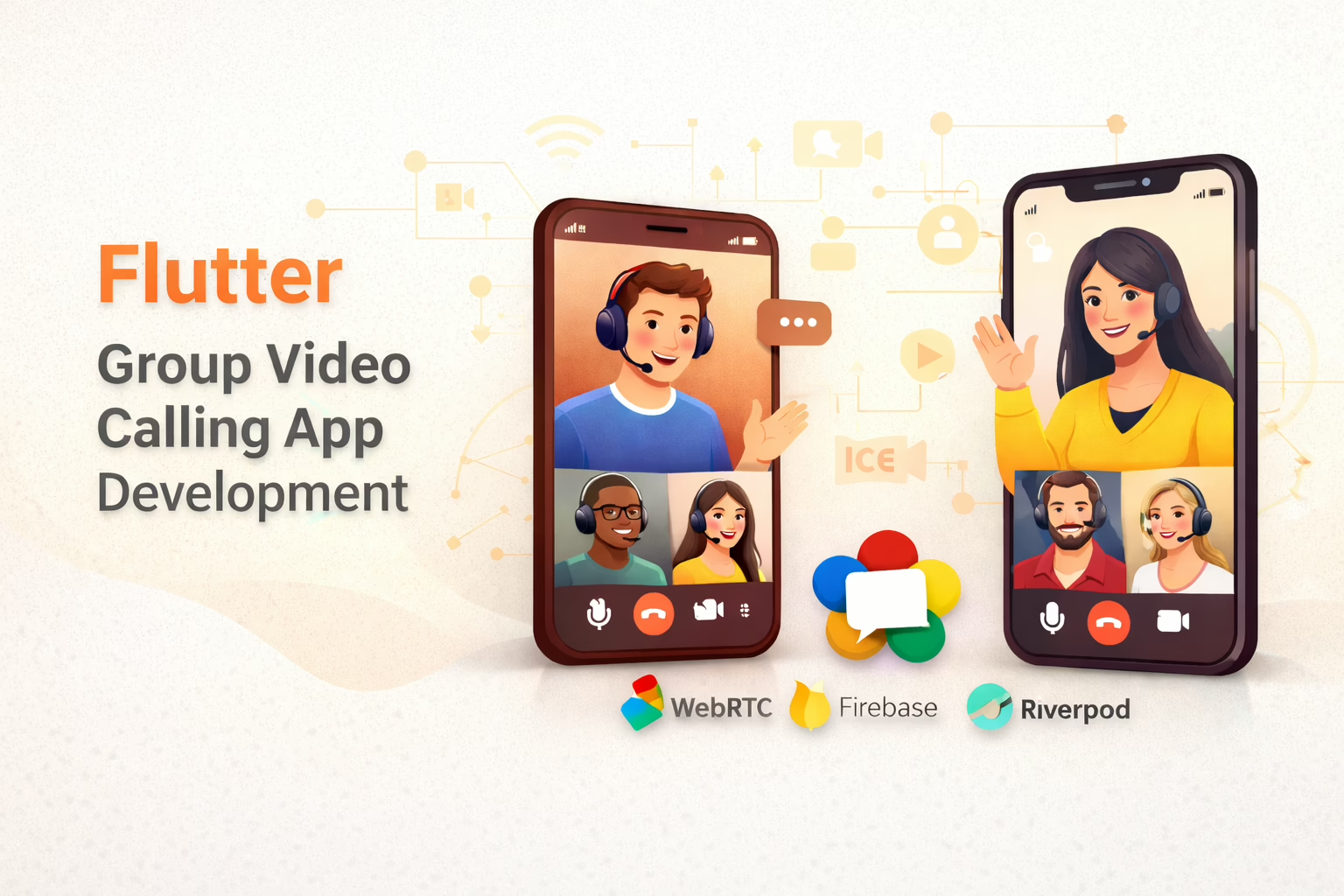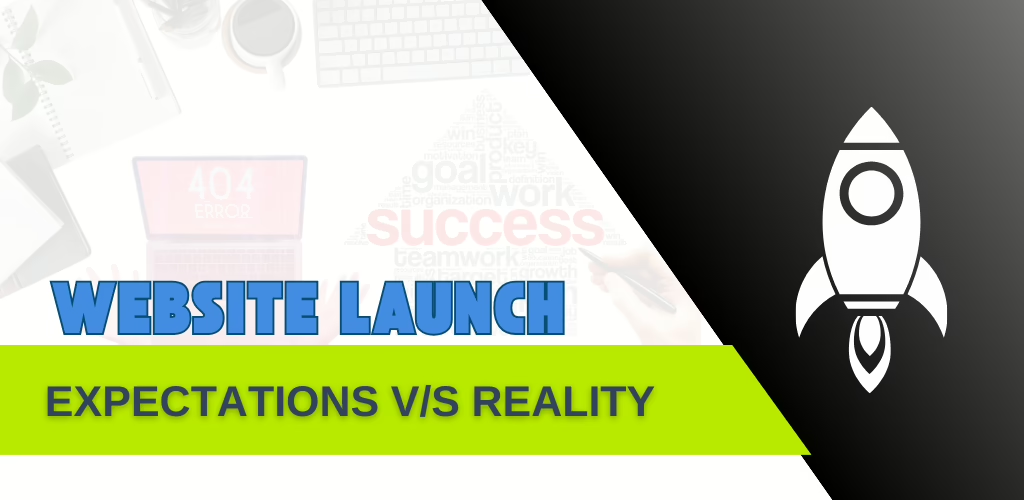Businesses are increasingly using AI chat technology to improve customer engagement and decrease manual workloads in today’s digitally first world. In one of our projects, we partnered with a client who wanted to implement the OpenAI Assistant and OpenAI API to build a sophisticated chatbot. Their goals were clear: improve customer service, reduce repetitive manual intervention, and ensure 24/7 AI customer service availability.
This case study highlights the challenges they faced, the solution we delivered, and valuable insights for organizations looking to build advanced online chat with AI solutions.
Troubles Faced by The Client
- High customer support load: Their support staff was overloaded with the same old questions.
- Limited availability: Clients in various time zones were not getting help in a timely manner.
- Fragmented information delivery: Agents found it challenging to react promptly when knowledge was dispersed throughout documents, frequently asked questions, and internal systems.
The client knew they needed an intelligent AI chat system capable of understanding natural language, retrieving precise data, and learning over time. However, they weren’t sure how to deploy the OpenAI Assistant and API effectively at scale.
The Solution We Provided
Our approach was to design and implement an AI-powered chatbot using OpenAI API and an Assistant tailored to their needs.
Here’s how we did it:
- Requirement Analysis – We first mapped the client’s workflows and identified the most common queries.
- Integration with OpenAI API – We built a chatbot that connected seamlessly with the OpenAI Assistant, enabling conversational AI chat that could handle both structured FAQs and open-ended customer questions.
- Knowledge Base Connection – By integrating internal documentation and FAQs into the chatbot’s prompt structure, the bot could provide precise, context-aware answers.
- Fallback Mechanism – We designed a system where complex or sensitive queries were automatically escalated to a human agent, ensuring no disruption in customer service.
- Continuous Improvement – Leveraging analytics and feedback loops to make the AI customer service chatbot smarter with every interaction.
The Outcome
Within three months of implementation, the client saw measurable results:
- 40% reduction in support tickets – Repetitive questions were resolved instantly through AI chat.
- 24/7 customer availability – Customers across multiple time zones received instant responses, improving satisfaction.
- Improved support team efficiency – Agents could now focus on high-value tasks instead of repetitive questions.
- Scalable AI system – The chatbot could easily expand into new features, such as handling billing queries and providing onboarding guidance.
Tips for Others Building an Advanced AI Chat
If you’re planning to build an AI-powered chatbot using OpenAI API and Assistant, here are some best practices:
- Start small, scale fast – Begin with the most frequent queries and expand gradually.
- Connect to your data – Integrating your knowledge base ensures accurate and brand-specific responses.
- Keep humans in the loop – Always provide an escalation path to a real support agent.
- Monitor and refine – Use analytics to understand chatbot performance and continuously improve.
- Think about user experience – Make conversations natural, clear, and helpful.
Key Takeaways
- OpenAI API and Assistant provide powerful tools to build intelligent, conversational chatbots.
- Success comes from blending AI capabilities with real business workflows and data.
- Continuous improvement and a human fallback system are essential for reliability.
By identifying the client’s challenges and applying our expertise in AI integration, we helped them create an advanced chatbot solution that not only solved immediate problems but also positioned them for future growth.
If you’re facing similar challenges, consider starting with a structured approach—define your goals, connect your knowledge sources, and build with scalability in mind.








